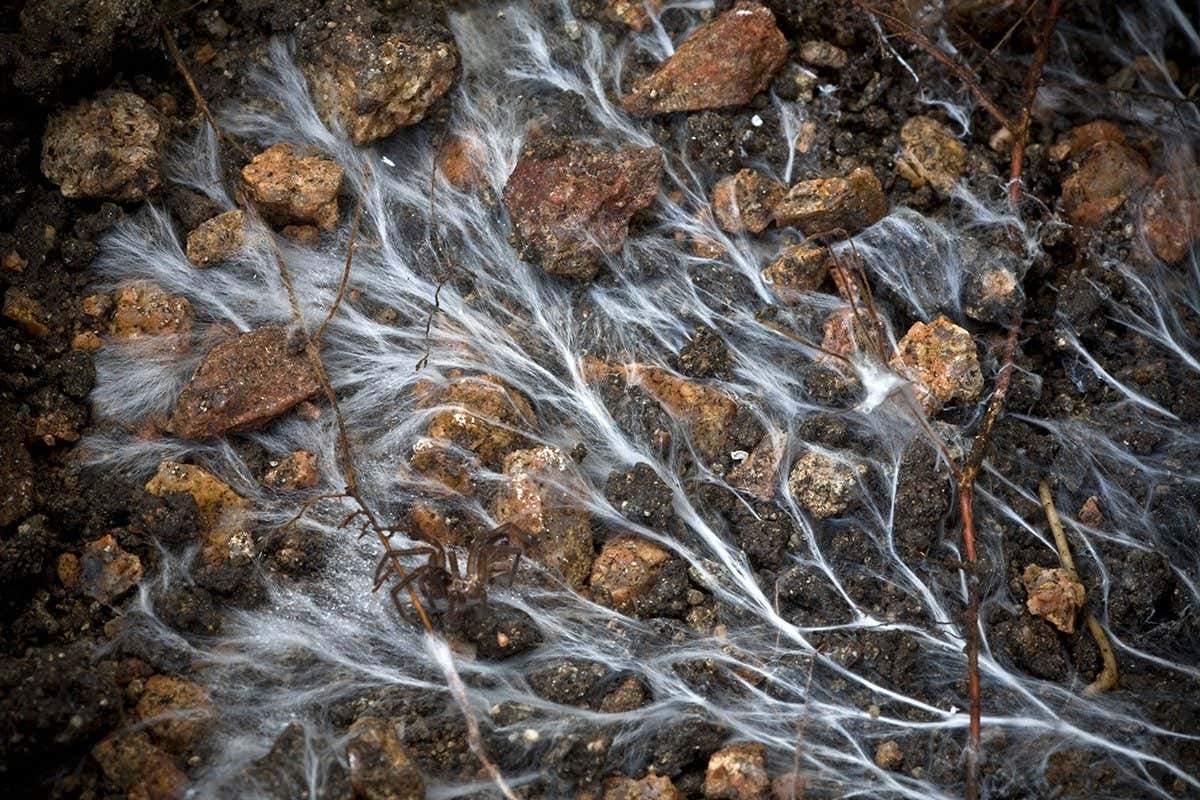Mycorrhizal Fungi: A Natural Solution for Carbon Sequestration
The climate crisis demands urgent action, and while technological solutions are crucial, nature offers powerful allies in the fight against rising carbon dioxide levels. One such ally is often overlooked: mycorrhizal fungi. These microscopic organisms form symbiotic relationships with plant roots, significantly impacting carbon sequestration and soil health. This article explores the potential of mycorrhizal fungi as a natural and effective carbon sequestration solution.
What are Mycorrhizal Fungi?
Mycorrhizal fungi are a type of fungi that form mutually beneficial relationships with the roots of most plants. This symbiotic relationship, known as mycorrhizae, involves the fungi extending their hyphae (thread-like structures) into the soil, dramatically expanding the plant's root system. In return for sugars produced by the plant through photosynthesis, the fungi provide access to vital nutrients like phosphorus and water, enhancing plant growth and resilience. Crucially, this network also plays a significant role in carbon sequestration.
How Mycorrhizal Fungi Sequester Carbon
The process of carbon sequestration by mycorrhizal fungi involves several mechanisms:
- Increased Plant Growth: By improving nutrient uptake and water access, mycorrhizal fungi promote plant growth. Larger plants, in turn, sequester more carbon through photosynthesis.
- Enhanced Soil Carbon Storage: The extensive fungal network acts as a physical barrier, trapping organic matter in the soil. This organic matter slowly decomposes, releasing carbon dioxide at a much slower rate than if it were left exposed on the soil surface.
- Soil Aggregation: Mycorrhizal hyphae bind soil particles together, forming stable soil aggregates. This structure improves soil porosity, allowing better water infiltration and aeration, which further enhances carbon storage.
- Protection Against Erosion: Improved soil structure reduces erosion, preventing the loss of valuable topsoil rich in organic carbon.
The Potential of Mycorrhizal Fungi for Climate Change Mitigation
The potential of mycorrhizal fungi for climate change mitigation is vast. Studies have shown that healthy mycorrhizal networks can significantly increase soil carbon storage. This presents a natural and sustainable solution compared to costly and potentially environmentally damaging technological approaches.
Promoting Mycorrhizal Fungi in Agriculture and Ecosystem Restoration
Encouraging the growth of mycorrhizal fungi is key to harnessing their carbon sequestration potential. Several strategies can be implemented:
- Reduced Tillage: Minimizing soil disturbance preserves existing mycorrhizal networks and prevents damage to fungal hyphae.
- Cover Cropping: Planting cover crops improves soil health and promotes the growth of mycorrhizal fungi.
- No-Till Farming: This approach reduces soil compaction and enhances soil biodiversity, creating a favorable environment for mycorrhizal fungi.
- Organic Farming Practices: Avoiding synthetic fertilizers and pesticides promotes soil health and supports beneficial soil organisms, including mycorrhizal fungi.
- Reforestation and Afforestation: Planting trees, especially native species, helps establish diverse mycorrhizal communities.
Further Research and Collaboration
While the potential of mycorrhizal fungi is promising, further research is needed to fully understand their role in carbon sequestration under various environmental conditions. Collaboration between scientists, policymakers, and farmers is crucial to develop and implement effective strategies for leveraging this natural solution to mitigate climate change.
Conclusion:
Mycorrhizal fungi present a powerful, natural, and sustainable solution for carbon sequestration. By promoting their growth through responsible land management practices, we can significantly enhance soil health, boost plant productivity, and contribute to mitigating climate change. Investing in research and implementing sustainable agricultural practices that support mycorrhizal fungi is crucial for a healthier planet. This is not just about combating climate change; it's about building a more resilient and sustainable future.

